Now that I have your attention, I’ll use the term glutes (I don’t even let my kids say butt). Glutes (of which the gluteus maximus is the largest) are a key component of the core. Yes, they are associated with the core. Let’s just say they support the core.
According to Joe Tedesco at Architech Sports, “Glutes … are part of the core. Typically, we tend not to think of them that way because they appear to be relatively far away from the stomach. It helps to think of the core as a base of stability, rather than to associate it only with the stomach area. The core begins at the top of the ribs and includes the whole area to about mid thigh. Therefore, whatever helps to create stability in those areas can be thought of as part of the core.”
Now that we have cleared that up…lets talk about the butt (oops!). While I wish I could tell you that all you have to do is a few lunges and squats every day and you can check off the glute box, it isn’t true. Like so many things in life, it’s a little more complicated than that. Everything in our bodies is connected to something else. In strengthening our glutes we have to reinforce those things that connect to the glute muscles.
Because most of us sit much of the time, the glutes are abnormally weak. When we are seated in a chair, our glutes are stretched and inactive, and in a lengthened state. Over time, this posture leads to the development of a chronic muscle imbalance that compromises the ability of these muscles to do their job during running (and other athletic pursuits). “There is a lot of power to be gained from glute strength. We can become more efficient when we have strong glutes and hamstrings. Even things like tight hip flexors can be caused in part by a lack of glute strength,” Said Joe.
I recently did a workout that was mainly squats and lunges. I was sore for four days. That’s not good. If we are tending to our gluteous muscles regularly, we shouldn’t be that sore after a workout. That is because the whole area around the glutes should be regularly worked and strengthened as well.
Joe shared some easy exercises to strengthen the areas that support the glutes. I have a few photos to help in visualizing proper form…Thanks Joe! While, like most people, I am eager to check off the “glute box”, after watching Joe perform a few of these exercises, I realized it doesn’t really take that much time. Think of it as investment. As a runner who has been injured more than I wish to count, I know that time invested in strength training is time invested in injury prevention.
Lunges and squats are great for glute strength; they just aren’t the only thing we should be doing. And when we do them, we always need to remember proper form (see photo below), and we should be fairly consistent about doing them. After a run do 10 squats and 20 walking lunges. It only takes a few minutes but it will go a long, long way. Another great place to work your glutes is a barre class. I love Pure Barre, (they also avoid the word, “butt”). “Seat work” is a key part of every Pure Barre class (see first photo).
However or wherever you work the glutes, keep it regular and keep proper form, and you will find that those muscles help you in your other fitness endeavors as well. And THEN you can check off the glute box!



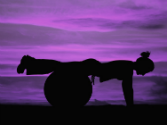

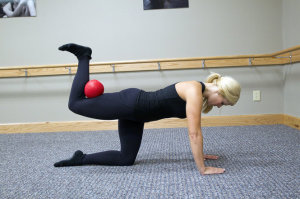
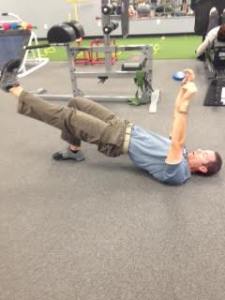
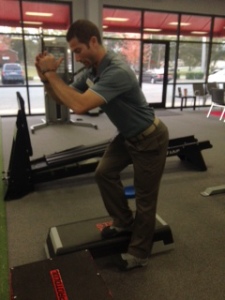

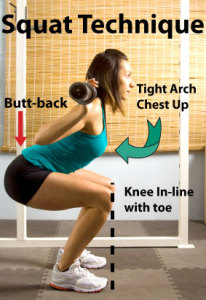
Speak Your Mind